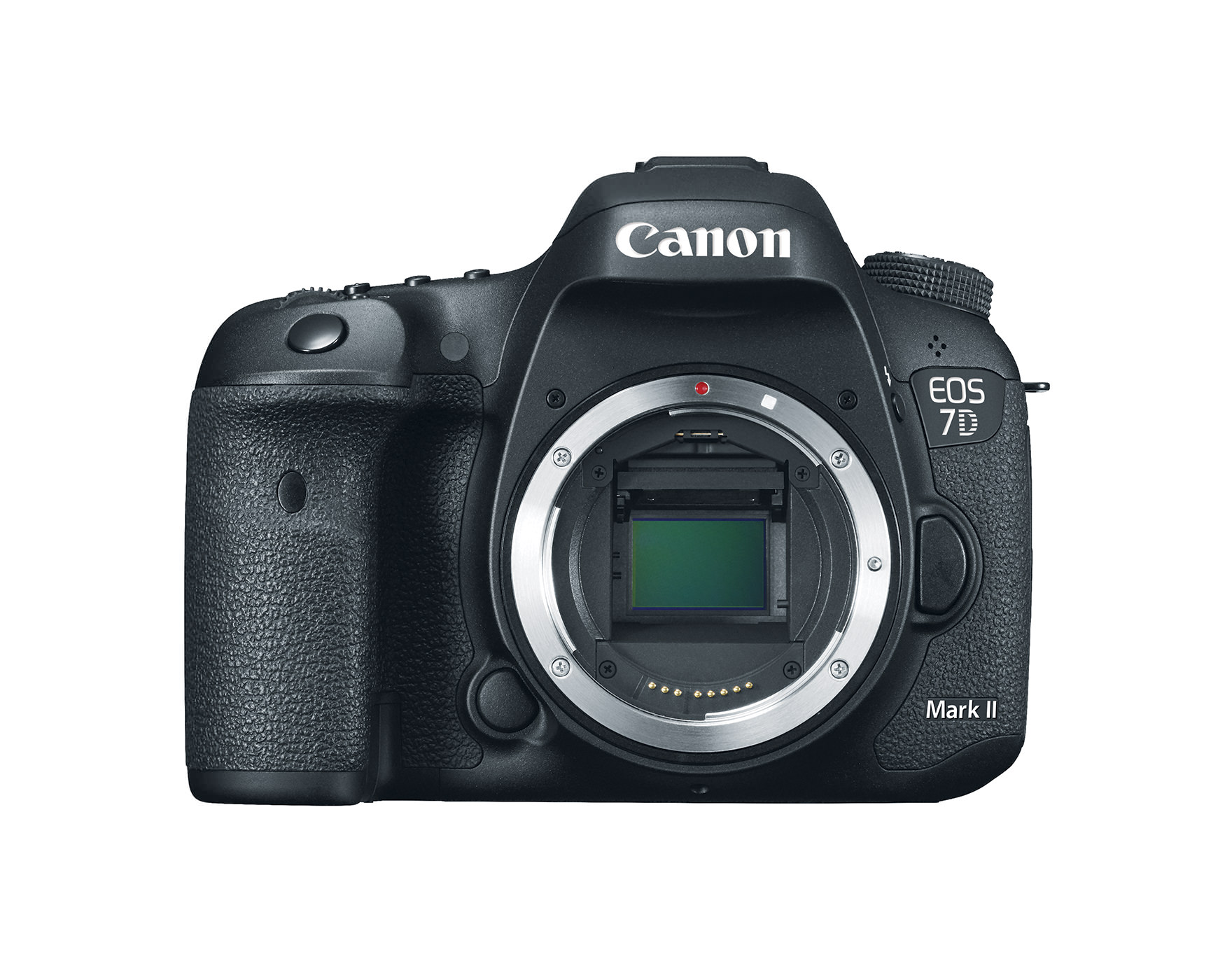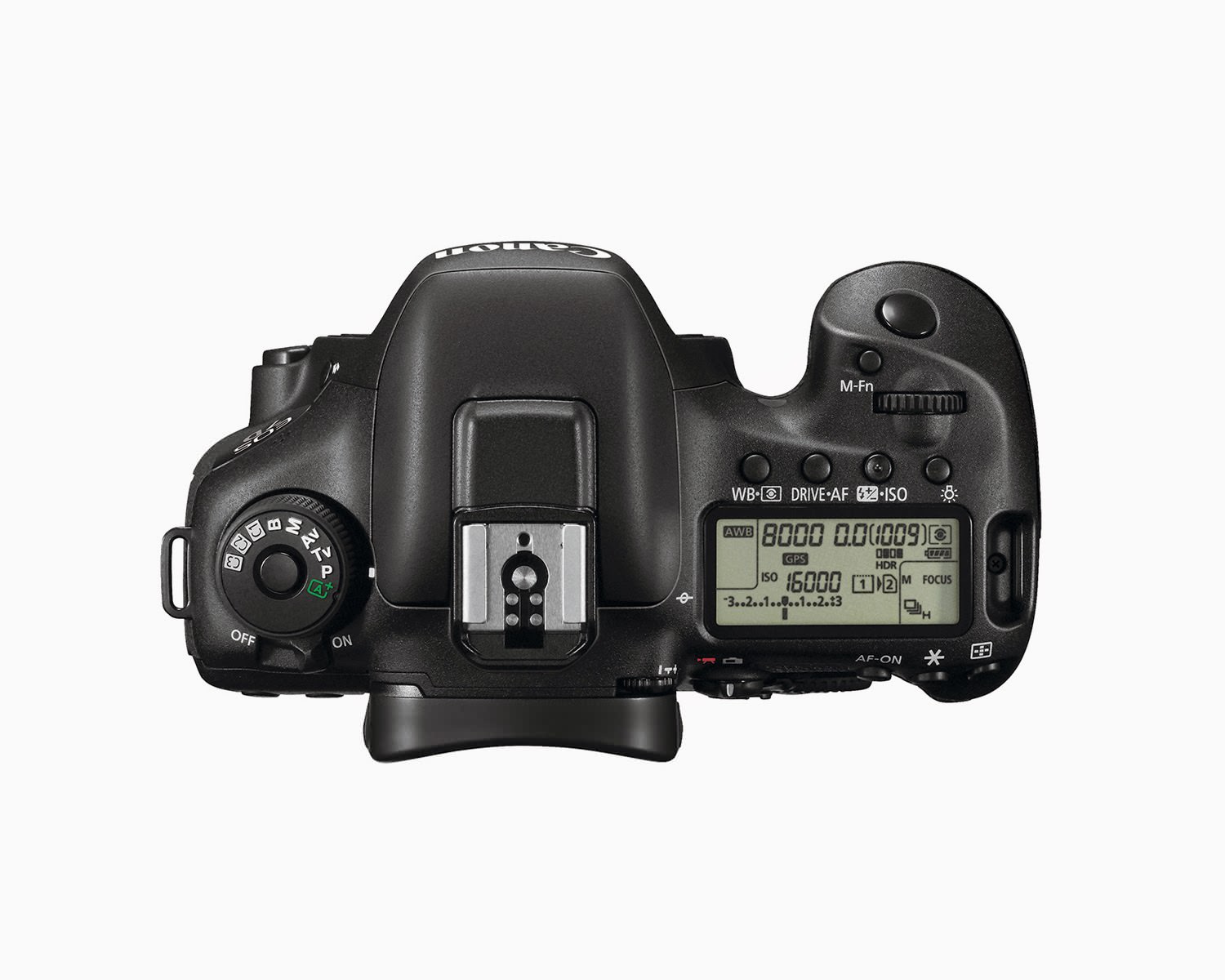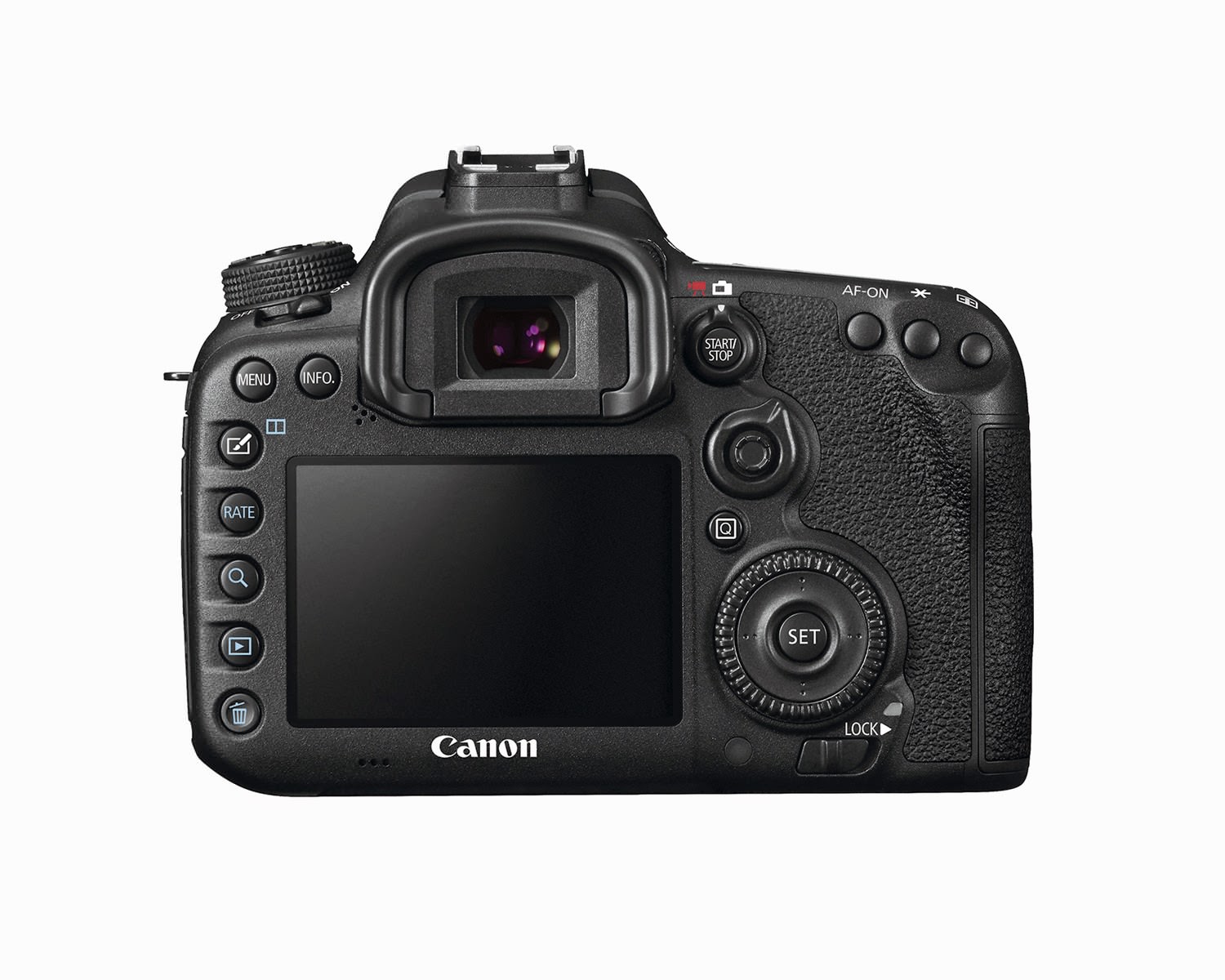So the Canon 7D Mark II is out. It took Canon five years to make this move, that is five years from the last 7D. And speaking of the original 7D, there are a number of reasons why it has become a legendary camera. It is built like a rock and the overall performance is amazing.

It's like trying to improve something awesome and like in the movies business, there's always a risk of doing a sequel that's not good enough.
But let's have a good look at the 7D Mark II. First of all, it looks almost identical to its big brother. They've made few changes to the design and that's proof that it is a very successful one. The control layout is identical to that of the 5D Mark III, making this camera the ideal candidate for a second APS-C body.
The first 7D had good weather sealing, but the Mark II takes it a step further. It is protected against the elements up to the level of the flagship 1Dx.
Side by side however, there is nothing mind blowing to set the two cameras apart. The 7D MKII has an extra 2 megapixels, thus boosting the resolution from 18 million pixels to 20. The burst rate has been increased from 8 fps to 10 fps. Now this might not seem like a major improvement, but those extra 2 frames mean a lot. In fact, you only get double digit numbers from flagship cameras and this is one the camera's best-selling points. It can be the perfect camera for sports and wildlife photographers. It's almost impossible to miss the frame you want with it, and the 1.6 crop factor might save the money you would spend on a teleconverter for long range photography.
The buffer is also impressive. You can hold the shutter release and the camera won't stop firing in jpg mode.
Canon have added an SD card slot to the standard CF slot. This might be very helpful for a lot of photographers. Amateurs making the transition from enthusiast models that use mostly SD cards will find the change easier. Videographers can also benefit from the extra card slot to backup their files.


(via Canon)
The ISO performance of the 7DMKII is obviously better than that of the 7D MK I, and that should be obvious given the five year gap. It is very useable up to 3200, maybe even 6400, not so much above that
The LCD screen has an improved resolution, with 100k extra dots that give the 3" screen 1 million dots.
The viewfinder also has a customizable info display, something the 7D didn't.
Autofocus on the 7D Mark II is something to love indeed. It has 65 cross-type points that cover most of the frame. It also has an iTR ( Intelligent Tracking Recognition) sensor with face detection. It does an overall great job, although it might misfire now and then.
Canon have made some important improvements when it comes to video in the 7DMKII. It now shoots 50 or 60p in Full HD. Autofocus in video mode has also been upgraded, the camera now featuring Canon's Dual-Pixel autofocus system, one of the highlights of the EOS Cinema line. Overall however, it might not be the ideal camera for serious video shooters. While these upgrades are interesting, the video quality is not so much different from its five year old brother.
To sum it up, the Canon 7DMK II is indeed a different camera, you just have to use it to figure that out. The specs are not spectacular and this isn't the DSLR that doubles the figures of its predecessor. Instead, they have improved everything that was good about it. Speed is the one word that describes this camera best, from the double digit frame rate to the insanely fast autofocus.
Is it a reason to upgrade from the first 7D? Well , that all depends on personal needs. It is indeed a better camera, but it's up to every photographer to figure out how well his tools serve him.
If you're looking for someone else's opinion, check out this review made by DigitalRev.
This blog post about "Canon 7D Mark II Camera" was first published on our website here https://www.photographytalk.com/photography-articles/4955-the-canon-7d-mark-ii-or-how-to-improve-a-legend